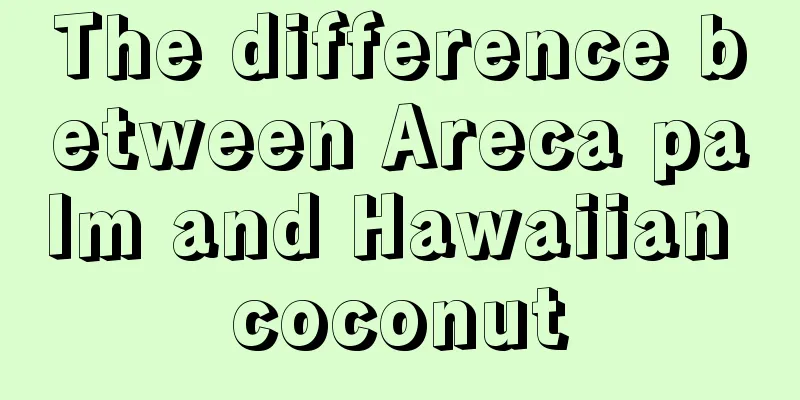How to prune clematis over the winter

1. Pruning for winterMost clematis plants go dormant during the winter and resume growth in the spring. For spring-flowering varieties, pruning is necessary before winter. Cutting off branches that are too dense and too long will help new branches sprout in the second year. Other varieties are usually pruned in late winter or early spring to help it resume growth. 2. How to survive the winter1. Suitable temperature: Clematis grows well in a warm environment. When the temperature is below 5℃ in winter, the plant will enter a dormant period and will begin to shed its leaves after about 1-2 weeks. For some varieties that are not cold-resistant, they should be properly kept warm to avoid frostbite. 2. Adequate light: The growth of Clematis cannot be separated from sufficient light. At least 6 hours of light must be ensured every day, especially in winter, long-term light exposure can also increase the temperature of the environment. 3. Water and fertilizer management: After Clematis enters the dormant period, its demand for water is not high, so when watering, you only need to keep the soil in the pot slightly moist. Appropriate fertilizer should also be applied in winter, and slow-release fertilizers should be used to avoid root burns caused by concentrated fertilizers. |
Recommend
Cultivation methods and precautions of the elderly beard
The old man's vine is very easy to grow. You ...
How to water the Little Red Star
Watering tips for Little Red Star The little red ...
Disease and insect pest control methods of yellow-bracted arrowroot
Sclerotium rolfsii White rot occurs frequently. T...
Cultivation methods and precautions of dragon beard tree
1. Soil It prefers loose, fertile soil with good ...
How to grow the lucky flower to make it red
1. Temperature Temperature is one of the importan...
The growth environment and local conditions of Dendrobium officinale
Dendrobium officinale growth environment and cond...
How to propagate chrysanthemum
1. Seed propagation First we need to collect its ...
What is the best month to plant mango?
When to plant mango Mangoes are usually planted i...
What are the shade-loving flowers?
Azalea Azalea is also called rhododendron. It is ...
Does peony prefer shade or sun?
Does peony prefer shade or sun? Peony is very eas...
How to care for fresh cut lotus flowers?
Summer is the home season for lotus , which is ve...
The reason why Monstera leaves turn yellow
1. Unsuitable soil Reason: The basis for the grow...
The cultivation methods and precautions of Smilax china
1. Maintenance methods 1. Temperature: It does no...
How to grow Gardenia in October, spray it with "it", the leaves will be green and the flowers will bloom
Recently, when Huahua was watering her gardenia, ...
Orchid pictures
Orchid Business Card Fame Orchid is one of the to...









